Asplenium nidus
Japanese Bird's Nest Fern
£12.95
Known commonly as a bird’s nest fern, the Asplenium nidus is renowned for its handsome bright green leaves neatly arranged in a spectacular spreading rosette.
This fern is epiphytic, meaning it grows on the trunk and in crevices of trees, but despite its origins it also thrives as a terrestrial plant, making for an elegant potted indoor plant in the British climate.
FREE DELIVERY FOR ONLINE ORDERS*
*(parcel orders over £60.00 and pallet deliveries over £350.00)
Order today for shipping on Monday 29th July.
Plant Biography
Native to parts of South East Asia, East Africa and Australasia, Asplenium nidus is an epiphytic fern – in the wild it roots itself to tree crevices, often of palm trees, hence the source of its common name: the bird’s nest fern.
The shape of its spectacular leaf-rosette is crucial to its survival in the wild as it’s used to collect both water and organic matter, essential as the plant often isn’t rooted into soil.
Our Asplenium nidus are grown as terrestrial plants, planted in soil, where they also thrive.
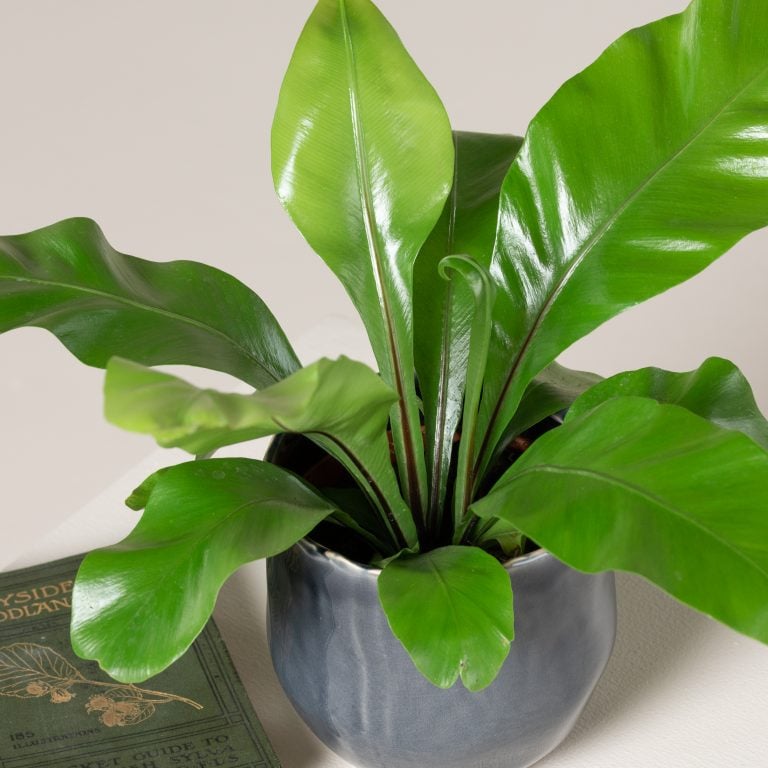
Expert Tip
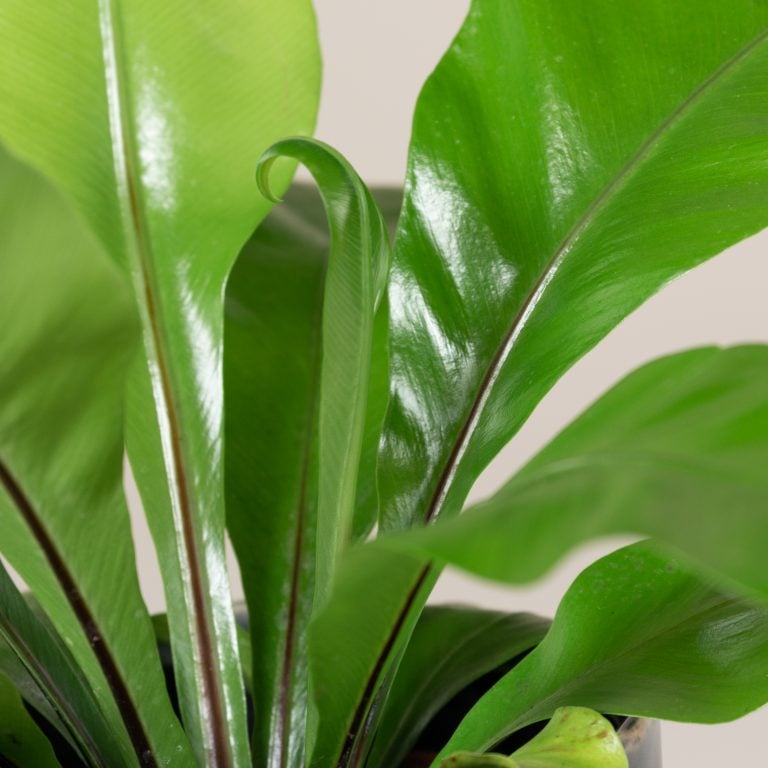
Care & Size Guidance
Ideally, Asplenium nidus is suited to a warm, humid spot in moderate indirect light.
Water the soil when the surface has slightly dried out, but avoid watering into the centre of the rosette as this can cause rot. Rotate to ensure even growth and form, and improve humidity if the edges of the leaves have turned brown. Any damaged or dead fronds may be carefully removed as needed
This is a slow growing plant but with correct care it can eventually reach a height and spread of up to 1m in maturity.
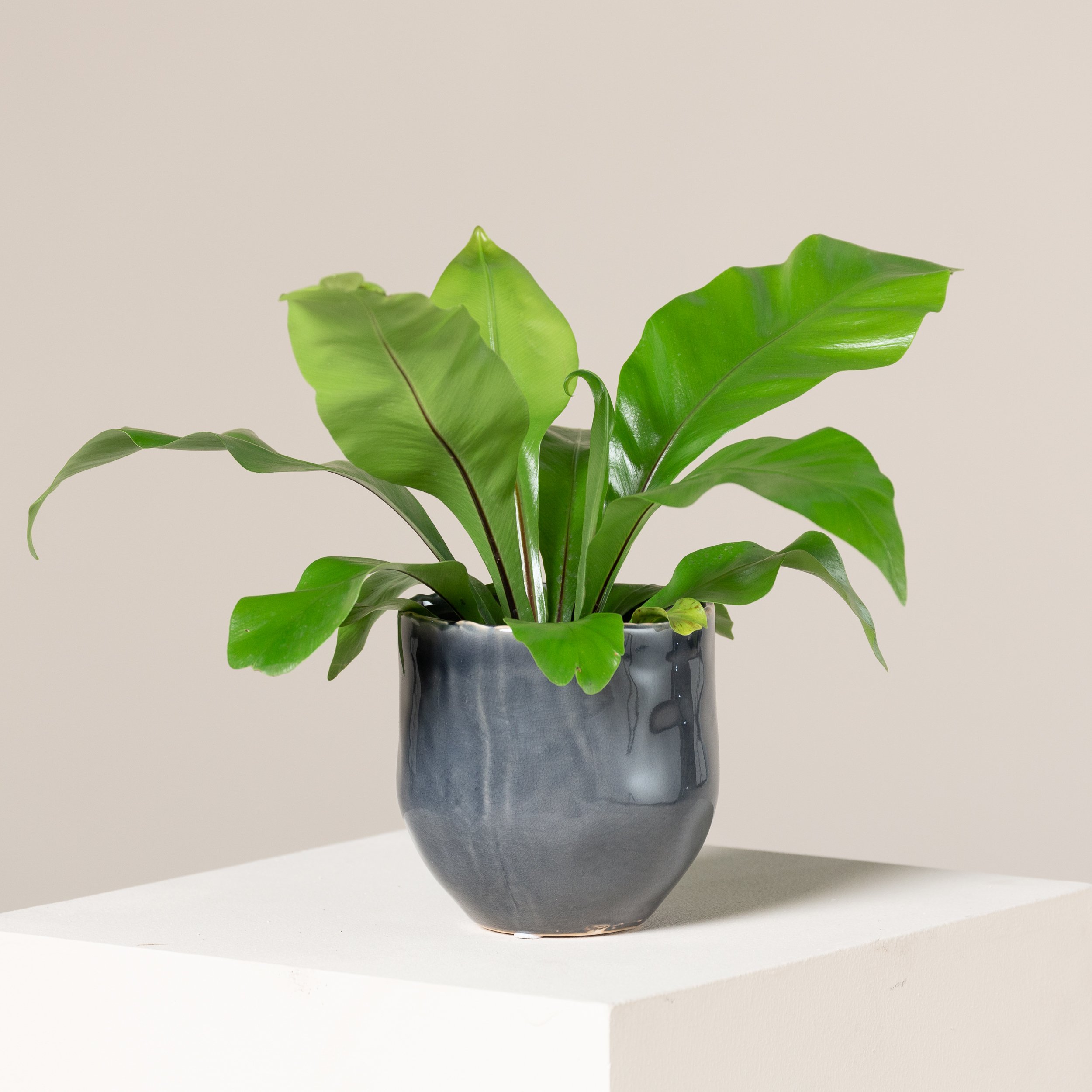
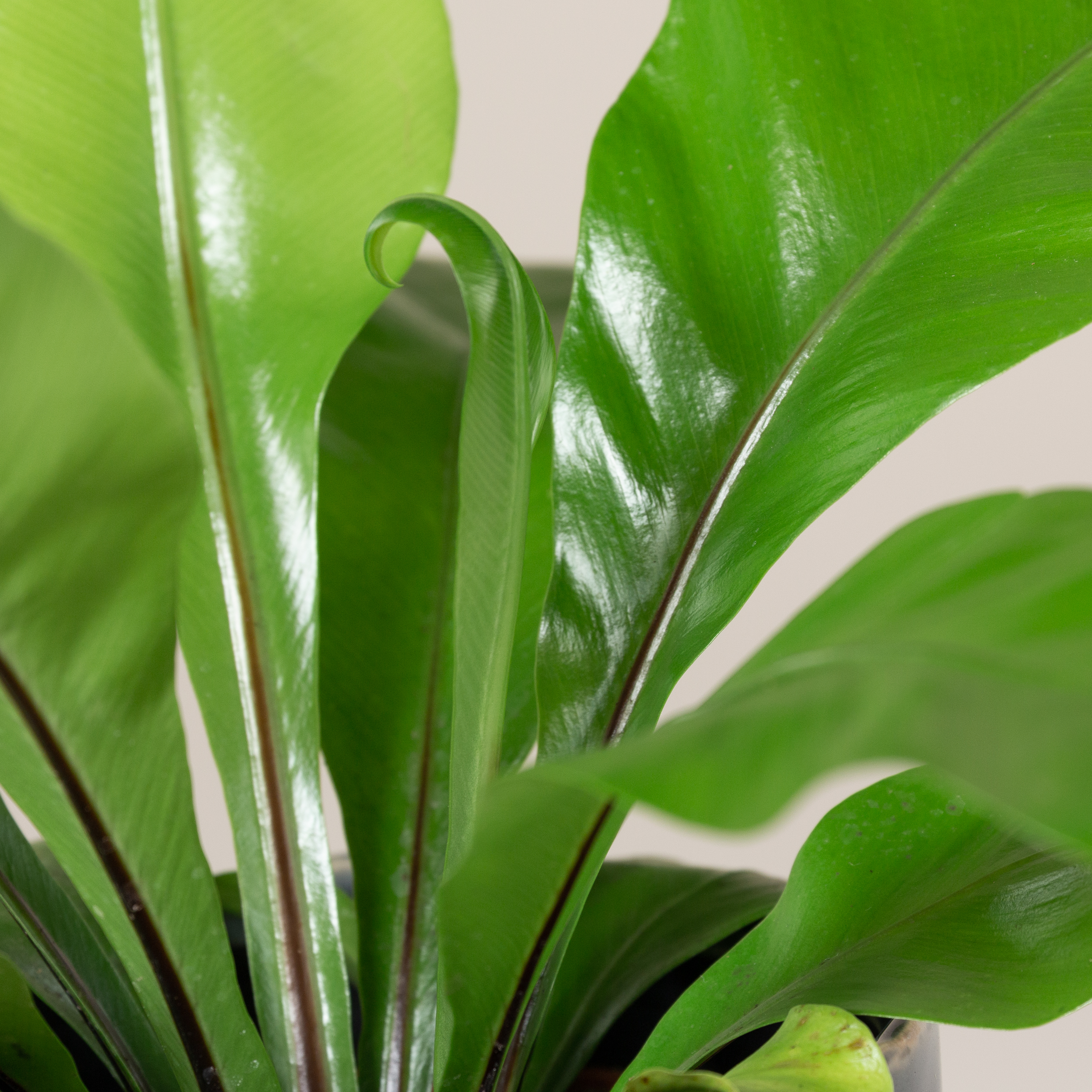
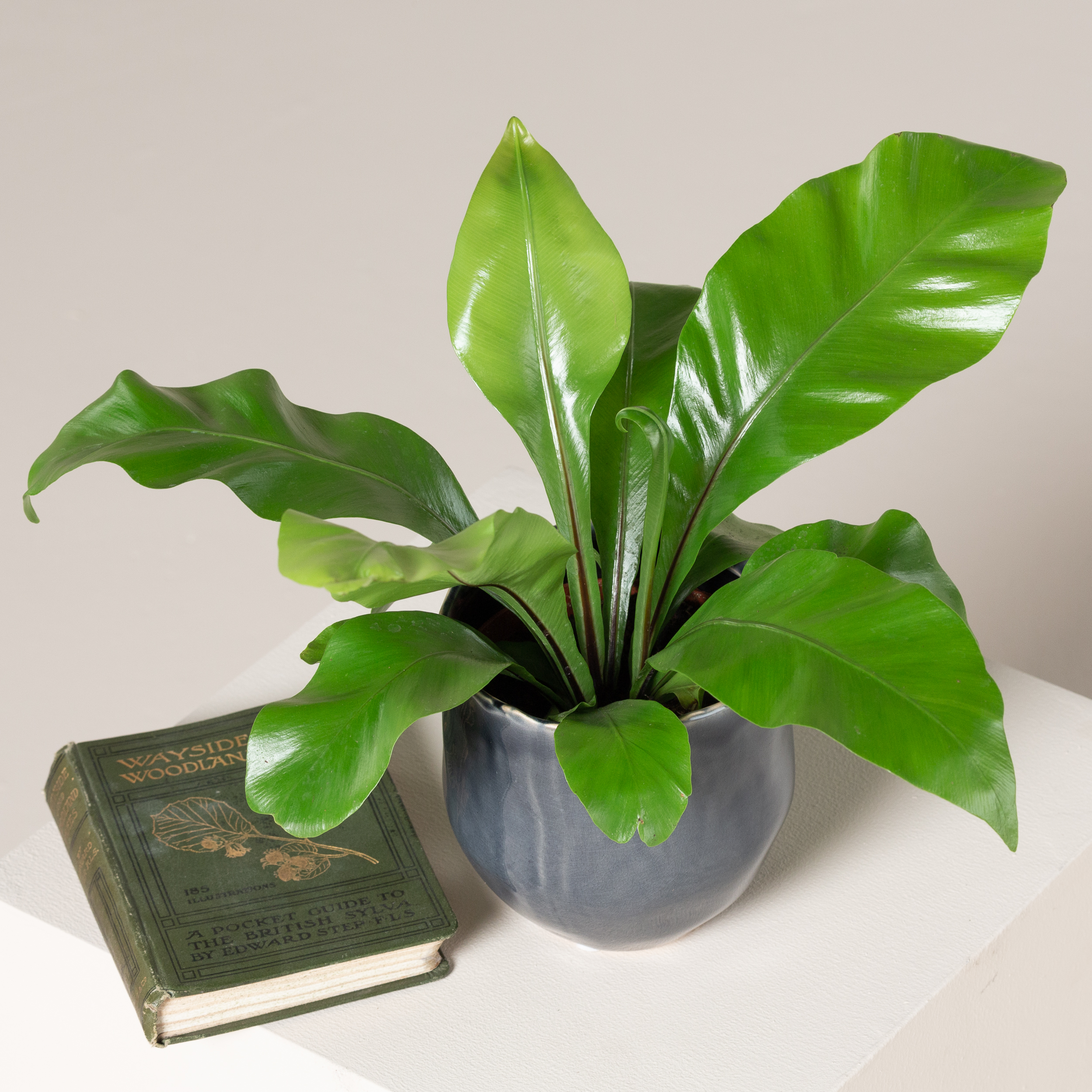
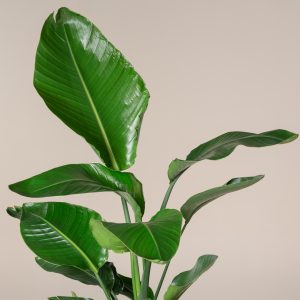
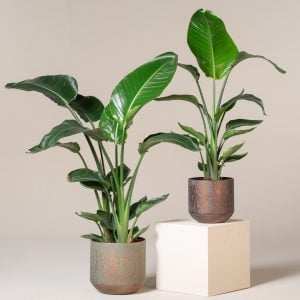
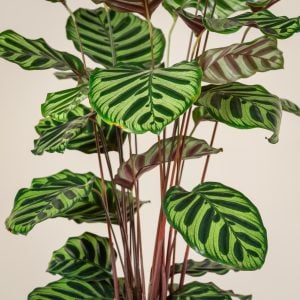
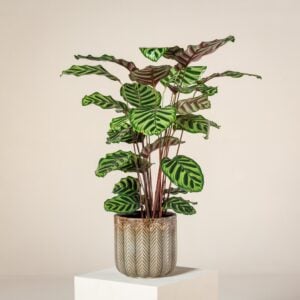
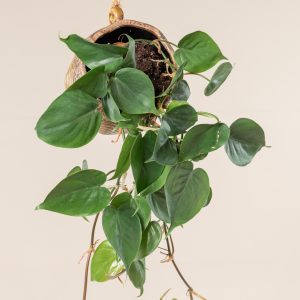
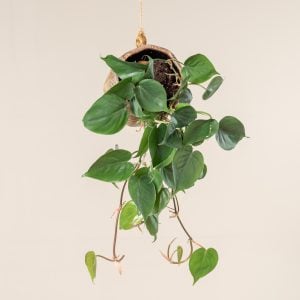
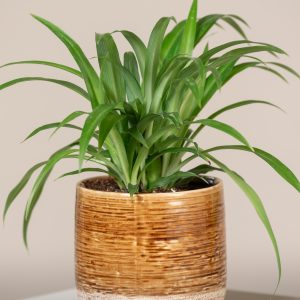
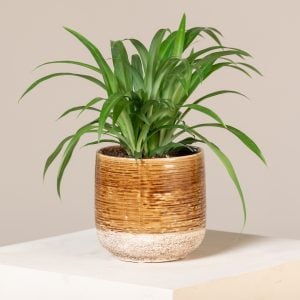
Reviews
There are no reviews yet.